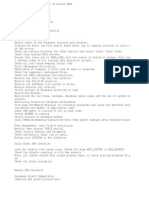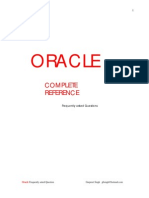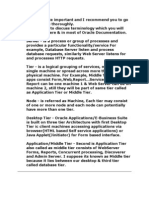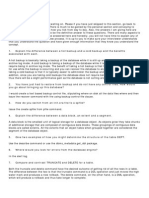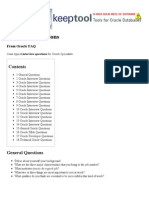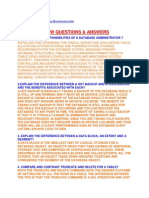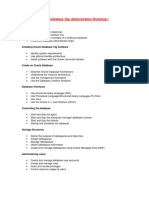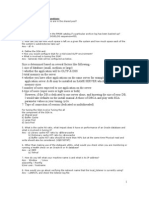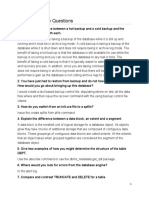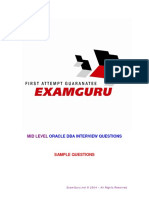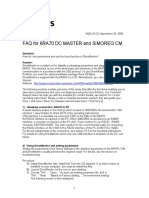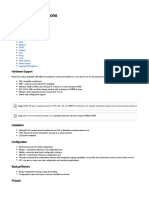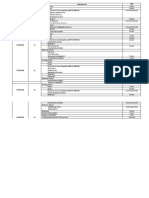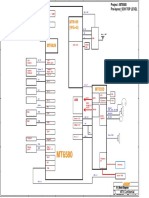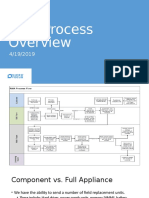0% found this document useful (0 votes)
35 views4 pagesSenior Oracle DBA Interview Prep Updated
The document is a Senior Oracle DBA Interview Prep Guide covering essential topics such as Oracle architecture, point-in-time recovery, performance bottlenecks, database security, Data Guard configuration, patching, cloning, troubleshooting slow queries, and handling production issues. It includes practical approaches for real-world scenarios like managing redo logs, resolving archive log issues, addressing snapshot errors, and enforcing encryption. Key improvements in Oracle 19c/21c and best practices for database management are also highlighted.
Uploaded by
Prakash ACopyright
© © All Rights Reserved
We take content rights seriously. If you suspect this is your content, claim it here.
Available Formats
Download as DOCX, PDF, TXT or read online on Scribd
0% found this document useful (0 votes)
35 views4 pagesSenior Oracle DBA Interview Prep Updated
The document is a Senior Oracle DBA Interview Prep Guide covering essential topics such as Oracle architecture, point-in-time recovery, performance bottlenecks, database security, Data Guard configuration, patching, cloning, troubleshooting slow queries, and handling production issues. It includes practical approaches for real-world scenarios like managing redo logs, resolving archive log issues, addressing snapshot errors, and enforcing encryption. Key improvements in Oracle 19c/21c and best practices for database management are also highlighted.
Uploaded by
Prakash ACopyright
© © All Rights Reserved
We take content rights seriously. If you suspect this is your content, claim it here.
Available Formats
Download as DOCX, PDF, TXT or read online on Scribd
/ 4






